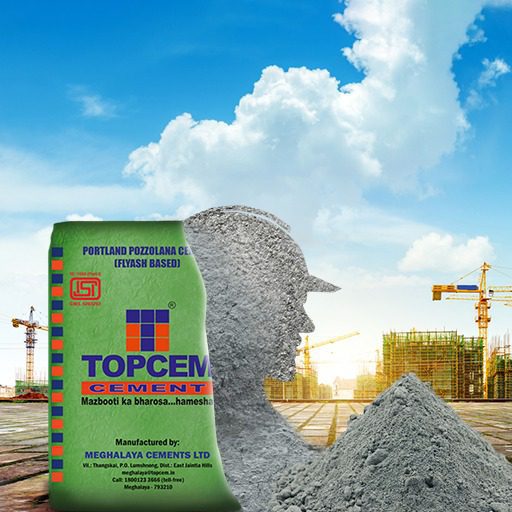In the dynamic realm of construction, safety is paramount. Our comprehensive guide on proper cement usage emphasises construction safety measures to ensure a secure and robust building process. From choosing the right cement to implementing safety protocols, prioritise the well-being of your construction team and the longevity of your structures.
Cement Safety Measures
1. Selecting the Right Cement Grade
- Choose a cement grade that aligns with the specific requirements of your construction project.
- Consider factors such as compressive strength, setting time, and durability to meet structural demands.
2. Storage and Handling Precautions
- Store cement in a dry, well-ventilated area, off the ground, and protected from moisture.
- Avoid stacking bags directly on the floor to prevent contamination and maintain cement quality.
- Handle bags carefully to prevent tearing or damage during transportation and storage.
3. Personal Protective Equipment (PPE)
- Enforce the use of PPE, including gloves, safety glasses, and masks, when handling cement.
- Provide training on the proper use of PPE to ensure the well-being of construction workers.
4. Dust Control Measures
- Implement dust control measures to mitigate the risks associated with airborne cement particles.
- Use water suppression systems and proper ventilation to minimise dust exposure on construction sites.
5. Mixing Guidelines
- Adhere to recommended water-cement ratios for optimal mix consistency and strength.
- Utilise proper mixing equipment and techniques to ensure a homogeneous and workable concrete mix.
6. Transportation Safety
- Securely load and transport cement to prevent spillage and damage during transit.
- Follow transportation guidelines to minimise the risk of accidents on the road.
7. Adhering to Curing Procedures
- Implement appropriate curing methods to enhance the strength and durability of the concrete.
- Monitor and maintain the curing conditions to achieve the desired results.
8. Regular Quality Checks
- Conduct regular quality checks on cement batches to ensure adherence to industry standards.
- Address any deviations promptly to maintain the integrity of the construction project.
9. Emergency Preparedness
- Develop and communicate emergency response plans to address potential accidents or incidents.
- Provide training to construction personnel on emergency procedures and first aid.
In conclusion, prioritising safety in construction through proper cement usage is the key to building with confidence. By following the outlined safety measures, from selecting the right cement grade to enforcing personal protective equipment and dust control, construction projects can not only meet but exceed industry standards. These guidelines ensure a secure building process, fostering a commitment to both the structural integrity of the project and the well-being of the construction team. Build safely, build confidently, and set the standard for excellence in construction practices.

